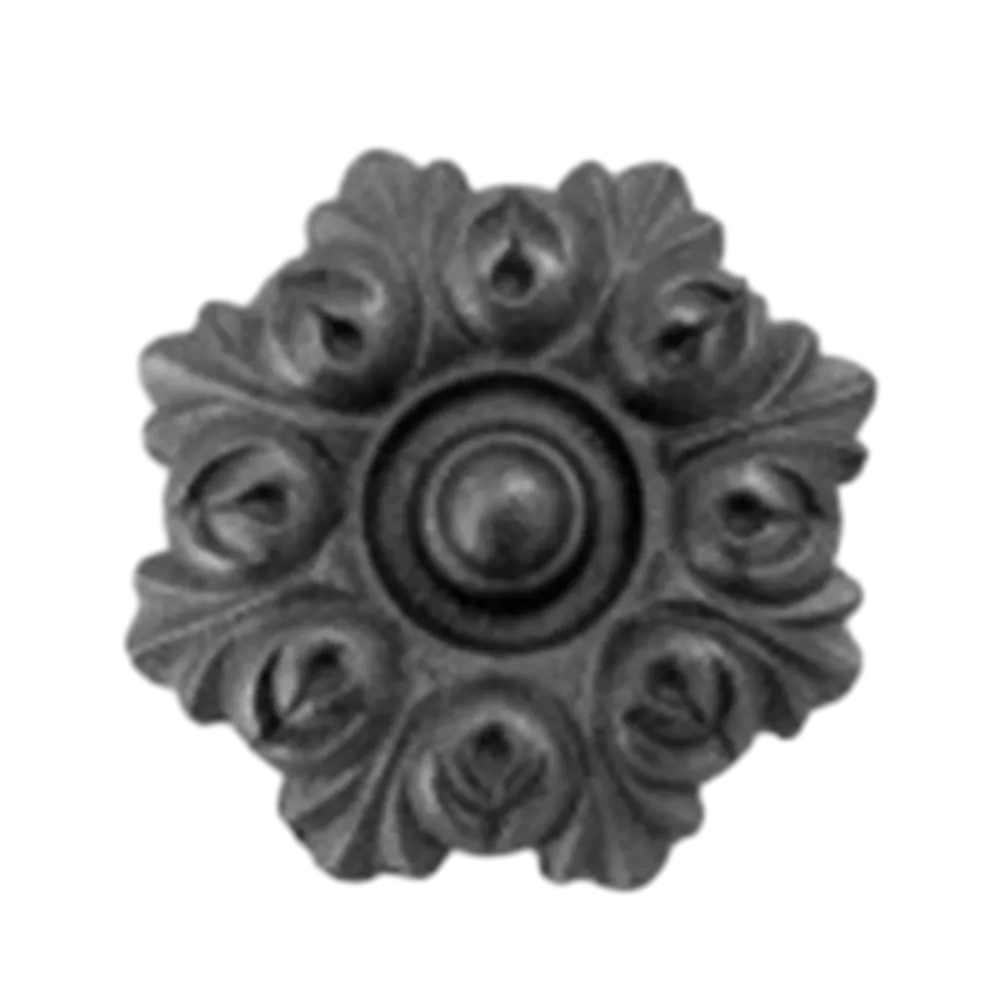Decorative Cast Iron Components for Aesthetic and Functional Applications
The Beauty and Versatility of Ornamental Cast Iron Parts
Ornamental cast iron parts have long been celebrated for their intricate designs and durable nature, making them a popular choice in various applications across architecture, landscaping, and furniture design. This distinct material combines both aesthetic appeal and functionality, which allows it to play a significant role in both historical and modern contexts.
Historical Significance
The use of cast iron in ornamental designs dates back to the Industrial Revolution in the 18th century when advancements in metallurgy made it possible to create both functional and decorative items. Initially, cast iron was primarily used for practical purposes, such as construction and tools; however, skilled artisans began to recognize its potential for artistry. The introduction of decorative cast iron balconies, railings, and window grilles transformed urban landscapes, turning ordinary buildings into elegant structures adorned with beautiful motifs and patterns.
During the Victorian era, ornamental cast iron became synonymous with elaborate design. The period’s fascination with embellishment meant that cast iron parts adorned not just buildings but also gardens and public spaces. Fountains, benches, and lampposts were often made from cast iron, showcasing the artistry of the time and highlighting the craftsmanship that defined the era.
Design Versatility
What makes ornamental cast iron uniquely appealing is its versatility in design. It can be cast into virtually any shape and can incorporate a wide array of decorative elements. From floral patterns to geometric shapes, the possibilities are endless. This versatility allows architects and designers to create features that cater to the specific aesthetic and functional needs of their projects.
In public spaces, ornamental cast iron is often used to create striking focal points. For example, intricate cast iron gates provide security while adding an element of grandeur. Similarly, benches made from ornamental cast iron not only offer comfort but also enhance the overall visual appeal of parks and gardens. In residential settings, homeowners can incorporate ornamental cast iron features such as custom railings or unique garden sculptures to reflect their personal style and elevate their landscape design.
ornamental cast iron parts

Durability and Maintenance
One of the most significant advantages of using ornamental cast iron parts is their durability. Cast iron is known for its strength, resilience, and ability to withstand harsh weather conditions without significant wear. This makes it an ideal choice for outdoor applications where other materials may falter. Additionally, cast iron gains a patina over time, adding character and charm to its appearance.
While maintenance is relatively straightforward, it is essential to protect ornamental cast iron from rust and corrosion. Regular inspections and the application of protective coatings can greatly extend the life of these parts. With proper care, ornamental cast iron features can last for generations, making them a worthwhile investment for any property owner.
Contemporary Applications
In today’s design landscape, ornamental cast iron parts continue to be embraced in modern architecture and interior design. As a nod to tradition, contemporary designers often blend old-world charm with innovative practices, creating pieces that resonate with both history and modern sensibilities. Whether used in chic urban lofts or sprawling suburban homes, ornamental cast iron elements contribute a unique elegance that is difficult to replicate with other materials.
Moreover, the resurgence of interest in sustainable practices has led many architects and designers to advocate for the use of materials that are not only durable but also recyclable. Cast iron fits this mold perfectly, as it can be melted down and reused, minimizing environmental impact.
Conclusion
In summary, ornamental cast iron parts are more than just functional items; they are pieces of art that tell a story of craftsmanship, history, and enduring design. From their roots in the 18th century to their application in modern architecture, cast iron remains a beloved material, combining beauty and resilience. Whether gracing historical buildings or enhancing contemporary spaces, ornamental cast iron continues to capture the imagination, ensuring its place in both the past and the future of design.
-
Wrought Iron Components: Timeless Elegance and Structural StrengthNewsJul.28,2025
-
Window Hardware Essentials: Rollers, Handles, and Locking SolutionsNewsJul.28,2025
-
Small Agricultural Processing Machines: Corn Threshers, Cassava Chippers, Grain Peelers & Chaff CuttersNewsJul.28,2025
-
Sliding Rollers: Smooth, Silent, and Built to LastNewsJul.28,2025
-
Cast Iron Stoves: Timeless Heating with Modern EfficiencyNewsJul.28,2025
-
Cast Iron Pipe and Fitting: Durable, Fire-Resistant Solutions for Plumbing and DrainageNewsJul.28,2025
-
 Wrought Iron Components: Timeless Elegance and Structural StrengthJul-28-2025Wrought Iron Components: Timeless Elegance and Structural Strength
Wrought Iron Components: Timeless Elegance and Structural StrengthJul-28-2025Wrought Iron Components: Timeless Elegance and Structural Strength -
 Window Hardware Essentials: Rollers, Handles, and Locking SolutionsJul-28-2025Window Hardware Essentials: Rollers, Handles, and Locking Solutions
Window Hardware Essentials: Rollers, Handles, and Locking SolutionsJul-28-2025Window Hardware Essentials: Rollers, Handles, and Locking Solutions -
 Small Agricultural Processing Machines: Corn Threshers, Cassava Chippers, Grain Peelers & Chaff CuttersJul-28-2025Small Agricultural Processing Machines: Corn Threshers, Cassava Chippers, Grain Peelers & Chaff Cutters
Small Agricultural Processing Machines: Corn Threshers, Cassava Chippers, Grain Peelers & Chaff CuttersJul-28-2025Small Agricultural Processing Machines: Corn Threshers, Cassava Chippers, Grain Peelers & Chaff Cutters












